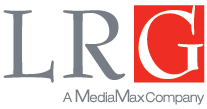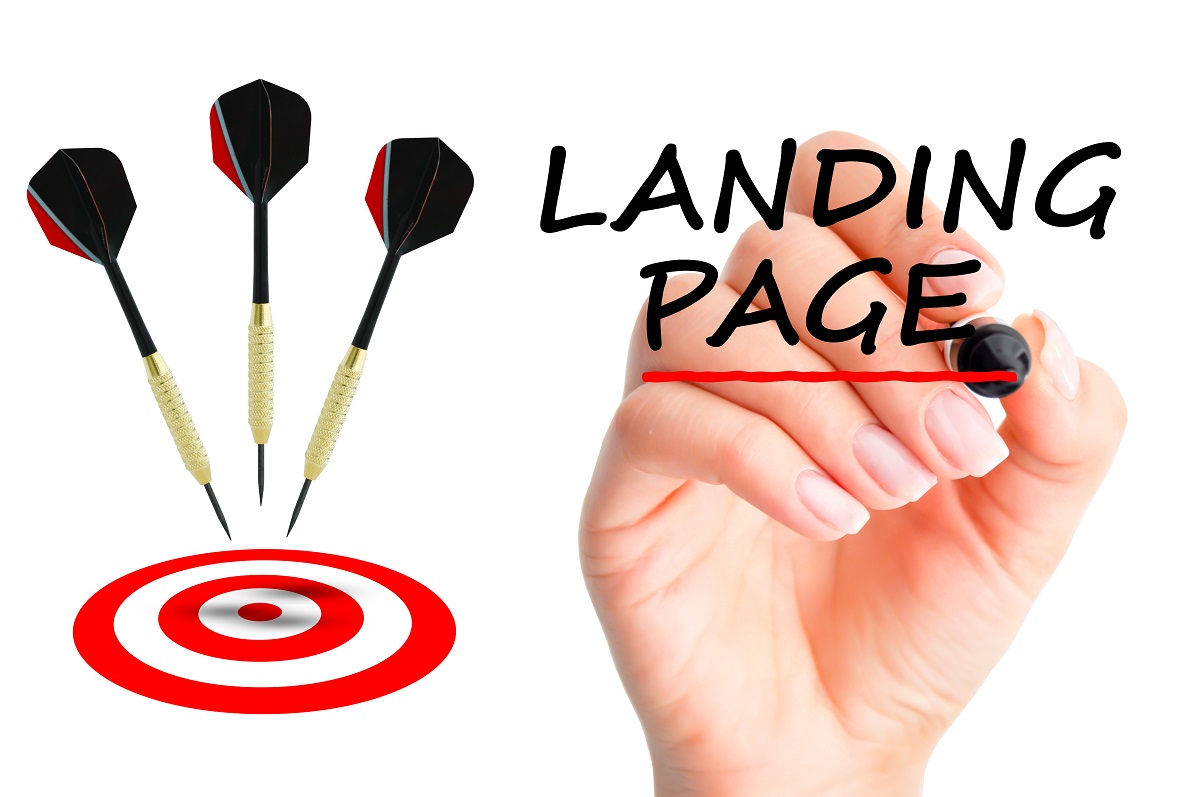Ever since B2B marketing entered the online world, attracting web visitors has been a valid performance metric to measure a campaign’s success. Yet as marketing strategies have shifted to adjusting for a longer sales cycle, conversions are the new metric that matters.
For those who don’t know, a conversion is simply when a visitor takes an action you want them to take on your website. Much of the time, this simply means providing information in order to get a free download or otherwise unlock a gated content resource. The information usually includes their name, email address and company name. Marketers add these to a database, a highly valuable asset that enables them to stay in touch with their audience and prospective customers.
One excellent way to increase conversions for any given action is to create a landing page. The objective of these pages is either to capture leads that will allow you to market to your audience in the future or as an e-commerce function that gives the buyer more information before sending them to your offer page.
For the sake of simplicity, let’s focus on lead generation landing pages. There’s plenty of confusion around what a landing page actually is and how it functions. For starters, a homepage, blog page or single page in any other section you might have on your website is not the same thing as a landing page.
The main difference is that unlike other sections of your website where you want to provide a variety of options for users to read and click through, a landing page has one job only. The objective of a landing page is to convert the user, gather their data and give you the opportunity to bring them down the sales funnel. To accomplish this objective, there are a few things your landing page needs to include.
Headline: Your headline must describe in as few words as possible what the landing page is about and what they’ll be getting once they enter their data. A good strategy for optimizing your headline is to ensure that whatever call-to-action initially drove users to the landing page matches the headline. Otherwise, your conversions won’t be as high as they could be and users will drop off.
Copy: The text should be clear and simple, and plainly articulate the offer. Smaller paragraphs or bullet points often help get the point across and make your page easier to read. The copy should also contain keywords in order to optimize the page for search engines.
Visuals: A compelling landing page requires an image that will draw the attention of your visitors. As with any other digital property, images always help your content stand out. The look of the page also needs to match the branding of your website. If there’s no logo, the color scheme is off or your page is too busy, you may drive visitors away from your landing page.
Lead Capture: There are two elements here – the form and the submit button. The form needs to be as frictionless as possible. It should ask for enough information for marketing and sales to stay in touch, but shouldn’t require too much information or you will lose prospects. The submit button text should be a call-to-action and if possible, include the type of asset they’ll receive as well. “Download Your Ebook” and “Get Your Whitepaper” are good examples of submit button text that works well for conversions.
Thank You Page: Contrary to what you might think, a conversion isn’t the end of the process. A good thank you page improves your visitor’s experience by confirming that they will receive the download they were promised. Including links to another piece of content, such as a blog post or video, will help keep your leads engaged.
Now that we’ve gone through what makes a successful landing page, there’s one element that brands include and is a common mistake.
Navigation: This is a giant NO. The last thing you want is to give users a reason to leave your page. Any navigation buttons other than the submit button may distract visitors from the page goal – creating a conversion – and cause them to bounce to another section of your website. A best practice is to keep the landing page free from navigation so your visitors are more compelled to convert.
And there you have it: the must-have aspects of a successful landing page, along with one must-not-have. Brands should try to have as many landing pages as possible to give their community multiple paths to conversion. Need help optimizing your landing pages? Email us at info@lrgmarketing.com.


